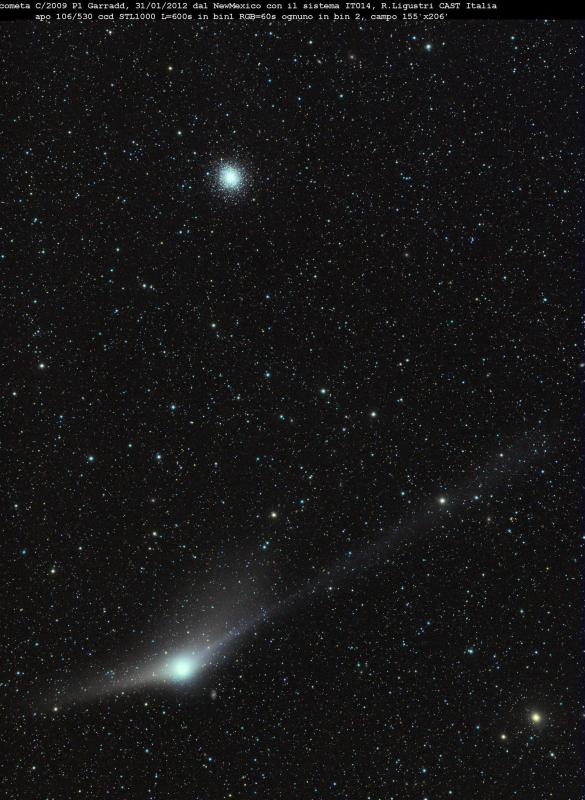Witnesses spotted it from Oklahoma City to south of WacoAt about 8 p.m. on Wednesday night, a meteor zipped across the sky over Dallas, then burst into a streaking flame before burning out.
WFAA received more than 200 reports, and a Federal Aviation Administration spokesman
confirmed that it was likely a meteor or meteorite. Sightings
extended from as far north as Oklahoma City to south of Waco. Some heard a boom. On its Wednesday night broadcast, CBS 11 described it as an "electrophonic" meteor -- one that can be heard as it burns.
Comments on WFAA's
Facebook page came from The Colony, Rockwall, and beyond, each describing it slightly differently: as a "large blue and green ball with a orange tail," as "bright green," and as "real bright blue with a long fire trail behind it."
I actually saw it as it burned out. In what was undoubtedly an optical illusion, it looked like it was coming from south of downtown Dallas and moving in a northeast direction, as if headed for White Rock Lake. I happened to be watching a performance online by Bjork from Tuesday night's
The Colbert Report. She sang "Cosmogony," a song from her new album
Biophilia and I was trying to figure out the lyrics.

Comment: Here's a closer view of the fireball: